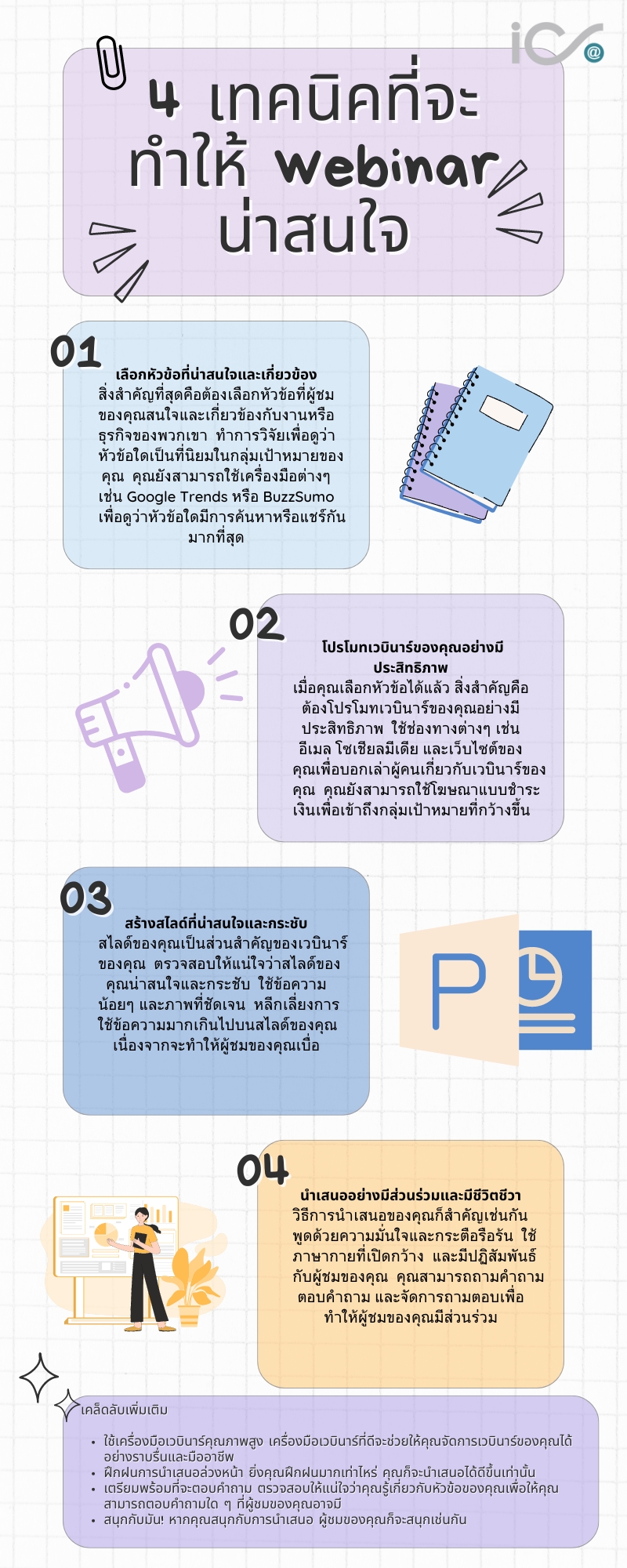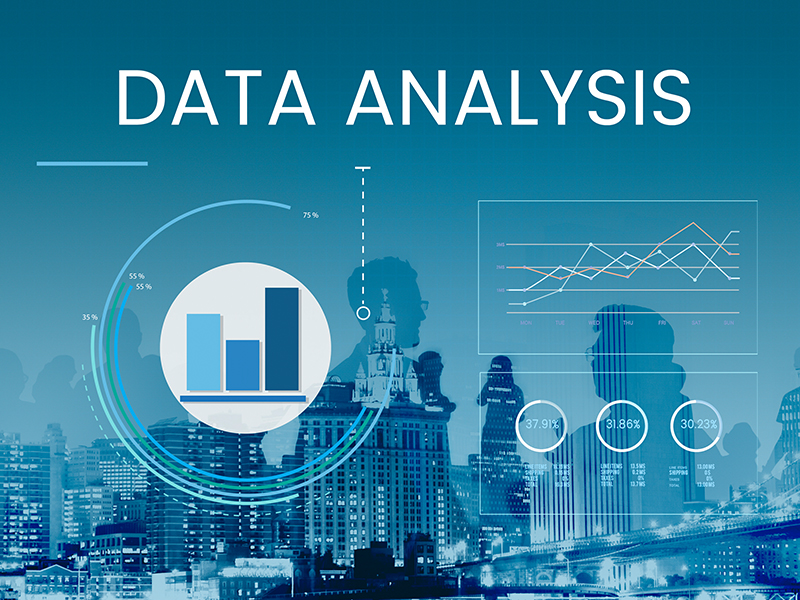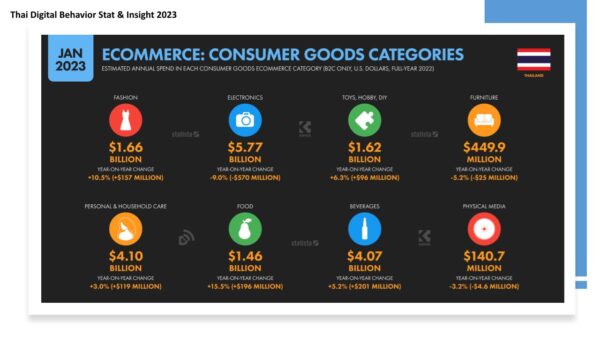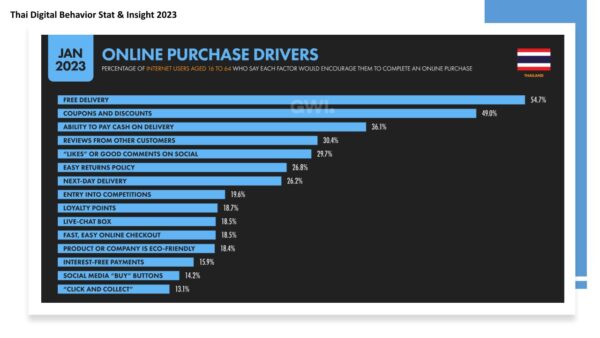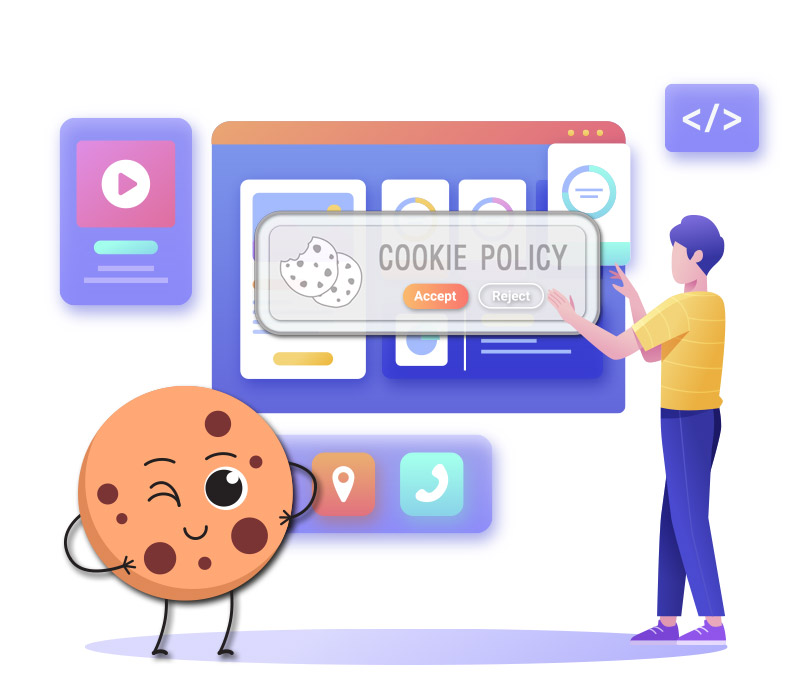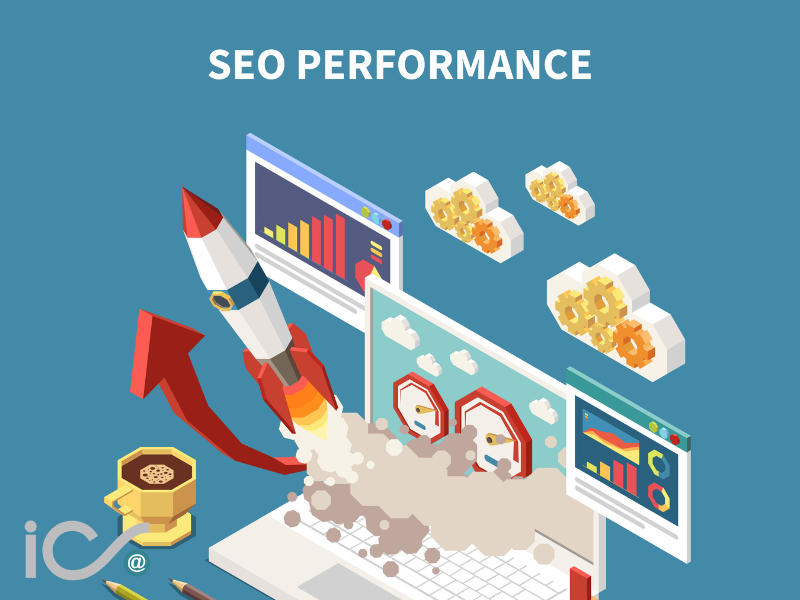SEO Services : คู่มือฉบับสมบูรณ์

ในยุคดิจิทัลปัจจุบัน การมีเว็บไซต์ที่โดดเด่นบนหน้าผลการค้นหา (SERP) กลายเป็นสิ่งจำเป็นสำหรับธุรกิจต่างๆ ในประเทศไทย บริการ SEO (Search Engine Optimization) มีบทบาทสำคัญในการช่วยให้ธุรกิจของคุณบรรลุเป้าหมายนี้
SEO คืออะไร?
SEO ย่อมาจาก Search Engine Optimization หมายถึง กระบวนการปรับแต่งเว็บไซต์ให้สอดคล้องกับหลักเกณฑ์ของเครื่องมือค้นหา เช่น Google เป้าหมายหลักของ SEO คือเพื่อเพิ่มอันดับเว็บไซต์ของคุณบนหน้าผลการค้นหา เมื่อผู้ใช้ค้นหาคำหลักที่เกี่ยวข้องกับธุรกิจของคุณ
ประโยชน์ของ SEO Services
การใช้บริการ SEO Services มีประโยชน์มากมายต่อธุรกิจของคุณ ดังนี้:
- เพิ่มการเข้าชมเว็บไซต์: เมื่อเว็บไซต์ของคุณมีอันดับสูงบนหน้าผลการค้นหา ผู้ใช้จะเห็นเว็บไซต์ของคุณมากขึ้น ส่งผลให้มีผู้เข้าชมเว็บไซต์เพิ่มขึ้น
- เพิ่มยอดขาย: ผู้เข้าชมเว็บไซต์ที่เพิ่มขึ้น หมายถึง โอกาสในการขายสินค้าและบริการที่เพิ่มขึ้น
- สร้างการรับรู้แบรนด์: การปรากฏตัวของเว็บไซต์บนหน้าผลการค้นหา ช่วยสร้างการรับรู้แบรนด์และความน่าเชื่อถือให้กับธุรกิจของคุณ
- เข้าถึงลูกค้าเป้าหมาย: SEO ช่วยให้คุณกำหนดเป้าหมายผู้ใช้ที่ค้นหาคำหลักที่เกี่ยวข้องกับธุรกิจของคุณ ทำให้คุณสามารถเข้าถึงลูกค้าเป้าหมายได้อย่างมีประสิทธิภาพ
- สร้างความได้เปรียบเหนือคู่แข่ง: ธุรกิจที่ใช้บริการ SEO มักมีอันดับเหนือคู่แข่งบนหน้าผลการค้นหา ทำให้ธุรกิจของคุณโดดเด่นและดึงดูดลูกค้าได้มากกว่า
ประเภทของบริการ SEO Services Thailand
บริการ SEO Services มีหลากหลายประเภท แต่ละประเภทมีจุดมุ่งหมายและวิธีการที่แตกต่างกัน ประเภทบริการ SEO ที่พบบ่อย ได้แก่:
- On-page SEO: มุ่งเน้นไปที่การปรับแต่งเนื้อหาและโครงสร้างของเว็บไซต์ให้สอดคล้องกับหลักเกณฑ์ของเครื่องมือค้นหา
- Off-page SEO: มุ่งเน้นไปที่การสร้างลิงก์จากเว็บไซต์อื่น ๆ มายังเว็บไซต์ของคุณ เพื่อเพิ่มความน่าเชื่อถือและอันดับเว็บไซต์
- Technical SEO: มุ่งเน้นไปที่การปรับแต่งประสิทธิภาพทางเทคนิคของเว็บไซต์ เช่น ความเร็วในการโหลดและความเสถียร
- Local SEO: มุ่งเน้นไปที่การเพิ่มอันดับเว็บไซต์ของคุณในผลการค้นหาท้องถิ่น
- Content marketing: มุ่งเน้นไปที่การสร้างเนื้อหาที่มีคุณภาพสูงและเกี่ยวข้องกับธุรกิจของคุณ เพื่อดึงดูดผู้ใช้และสร้างแบรนด์
การเลือกบริการ SEO Services ที่เหมาะสม
เมื่อคุณต้องการเลือกบริการ SEO Services สิ่งสำคัญคือต้องพิจารณาปัจจัยต่างๆ ดังนี้:
- เป้าหมายทางธุรกิจ: คุณต้องการบรรลุอะไรจาก SEO? คุณต้องการเพิ่มการเข้าชมเว็บไซต์ ยอดขาย หรือสร้างการรับรู้แบรนด์?
- งบประมาณ: บริการ SEO มีราคาแตกต่างกันไป คุณต้องกำหนดงบประมาณของคุณก่อนตัดสินใจเลือกบริการ
- ประสบการณ์: เลือกบริษัท SEO ที่มีประสบการณ์และผลงานที่พิสูจน์ได้
- ความเชี่ยวชาญ: เลือกบริษัท SEO ที่มีความเชี่ยวชาญในประเภทธุรกิจของคุณ
- การสื่อสาร: เลือกบริษัท SEO ที่สามารถสื่อสารกับคุณได้อย่างมีประสิทธิภาพ









